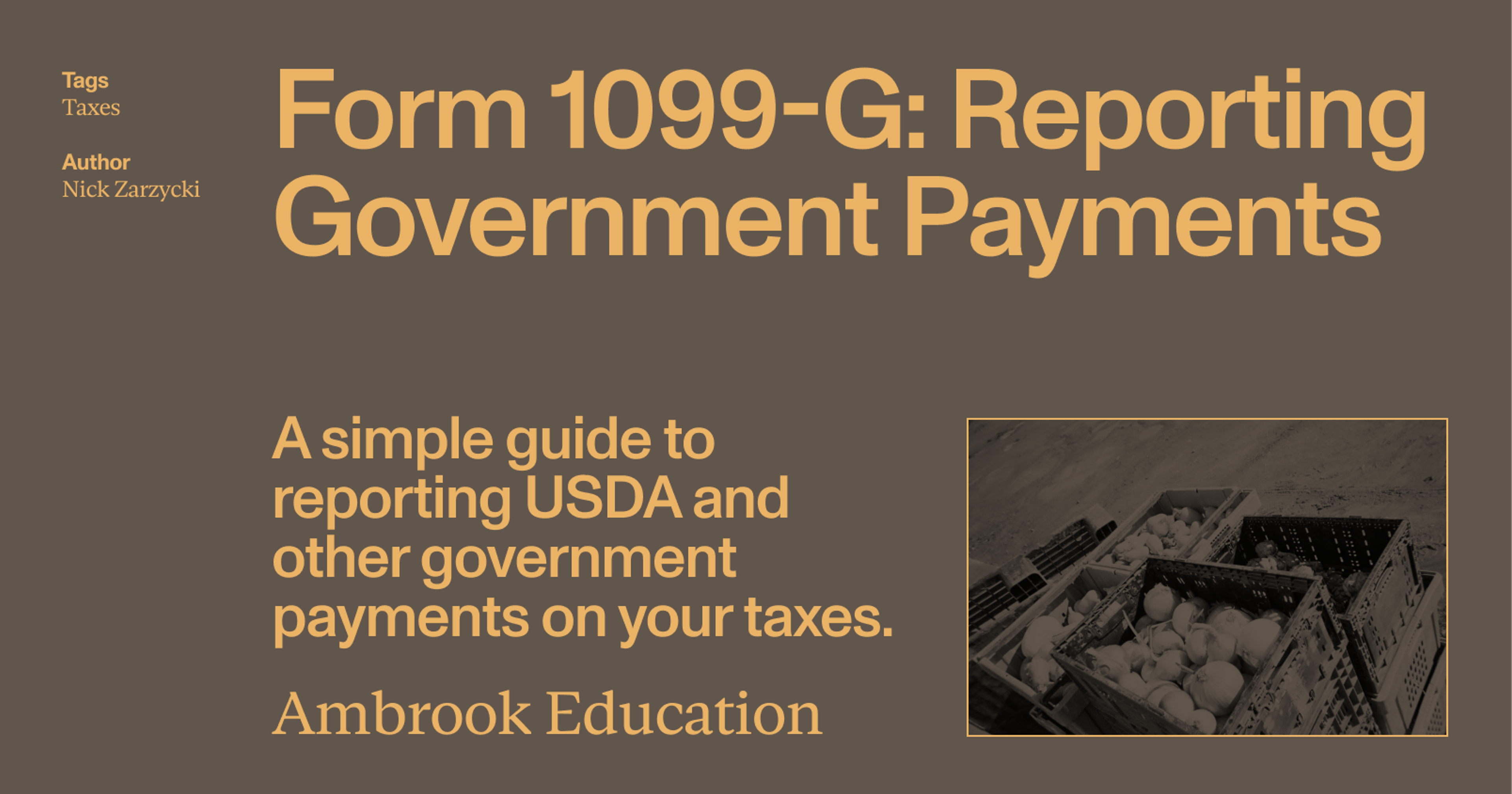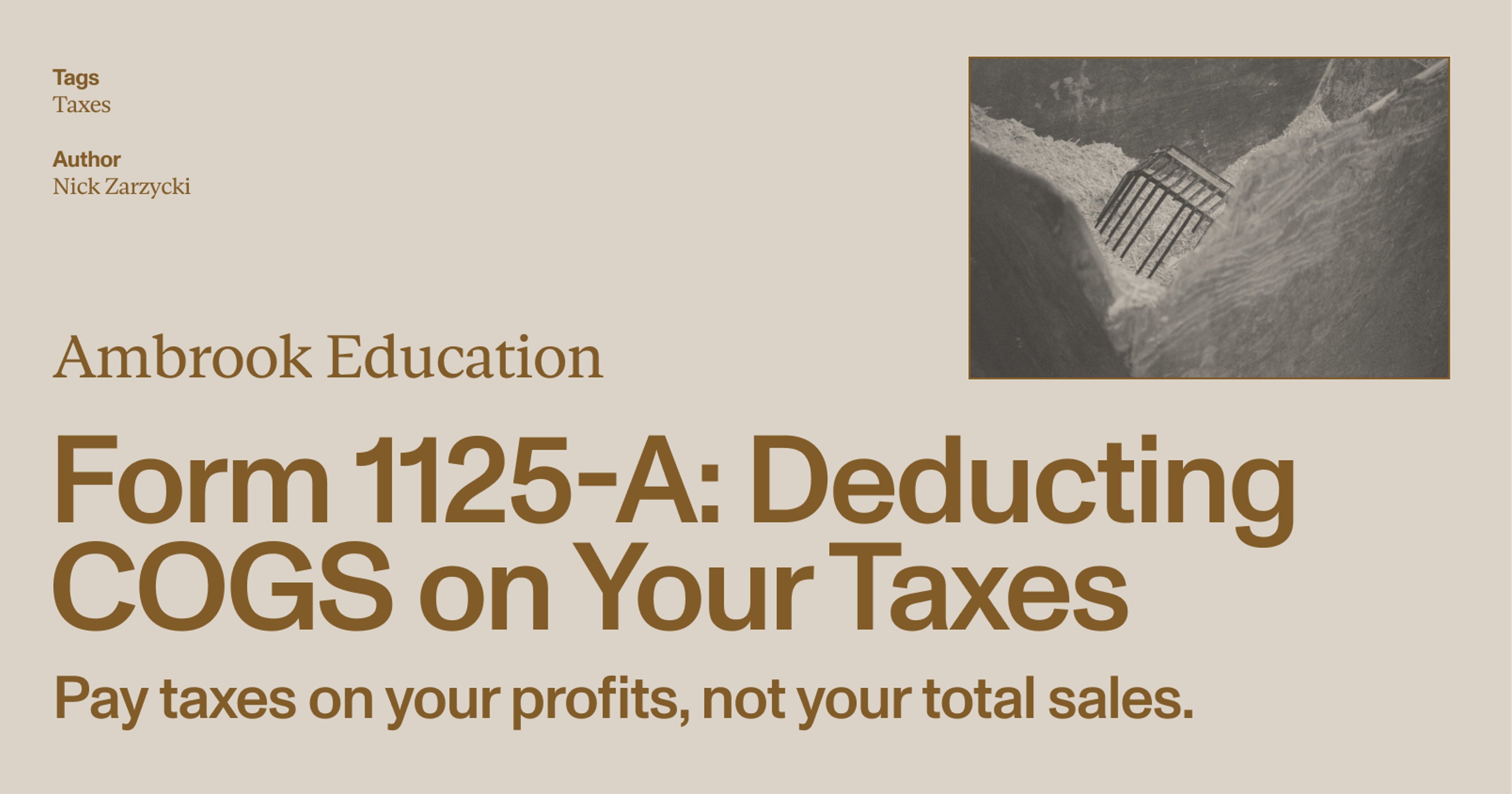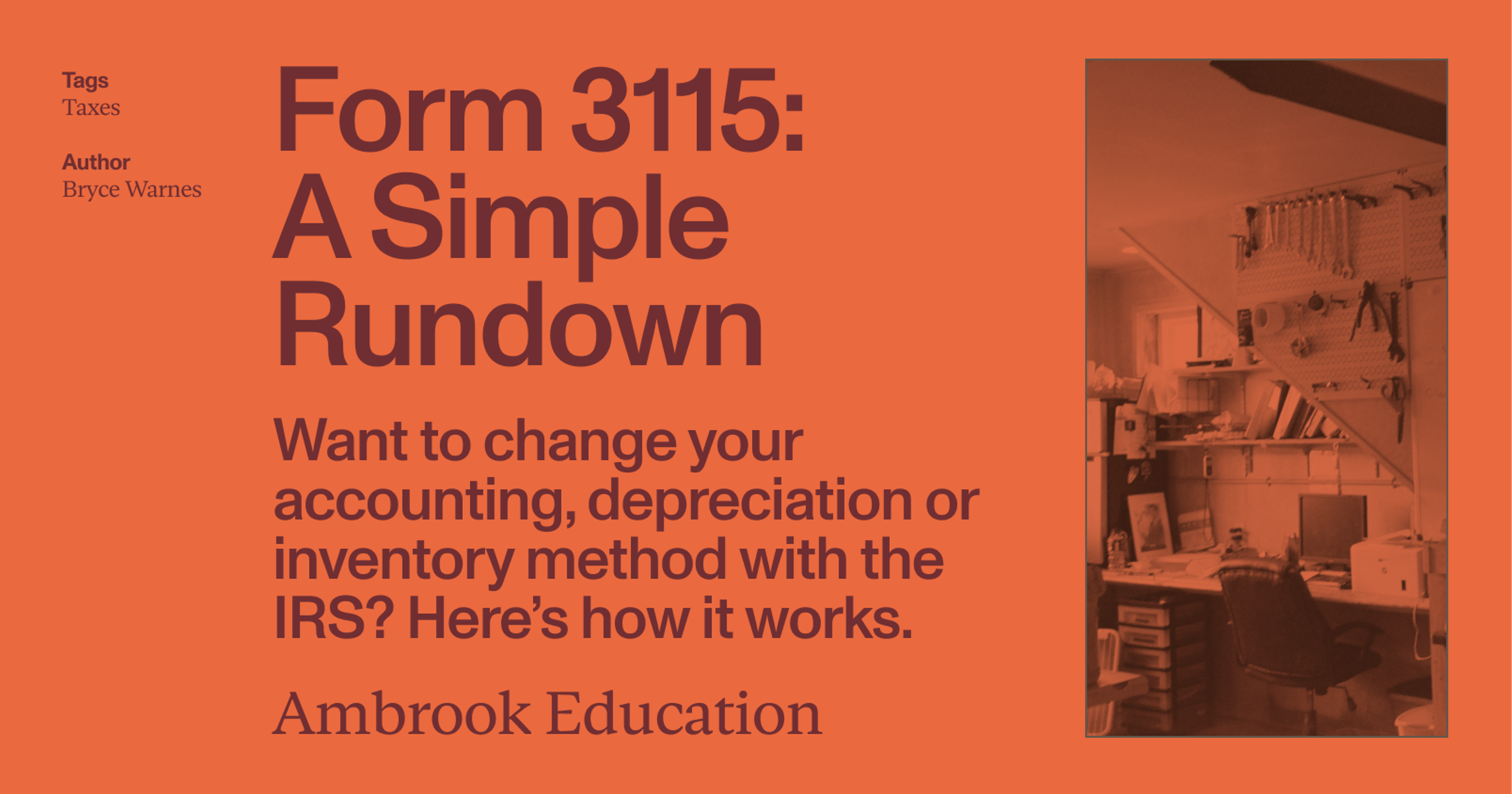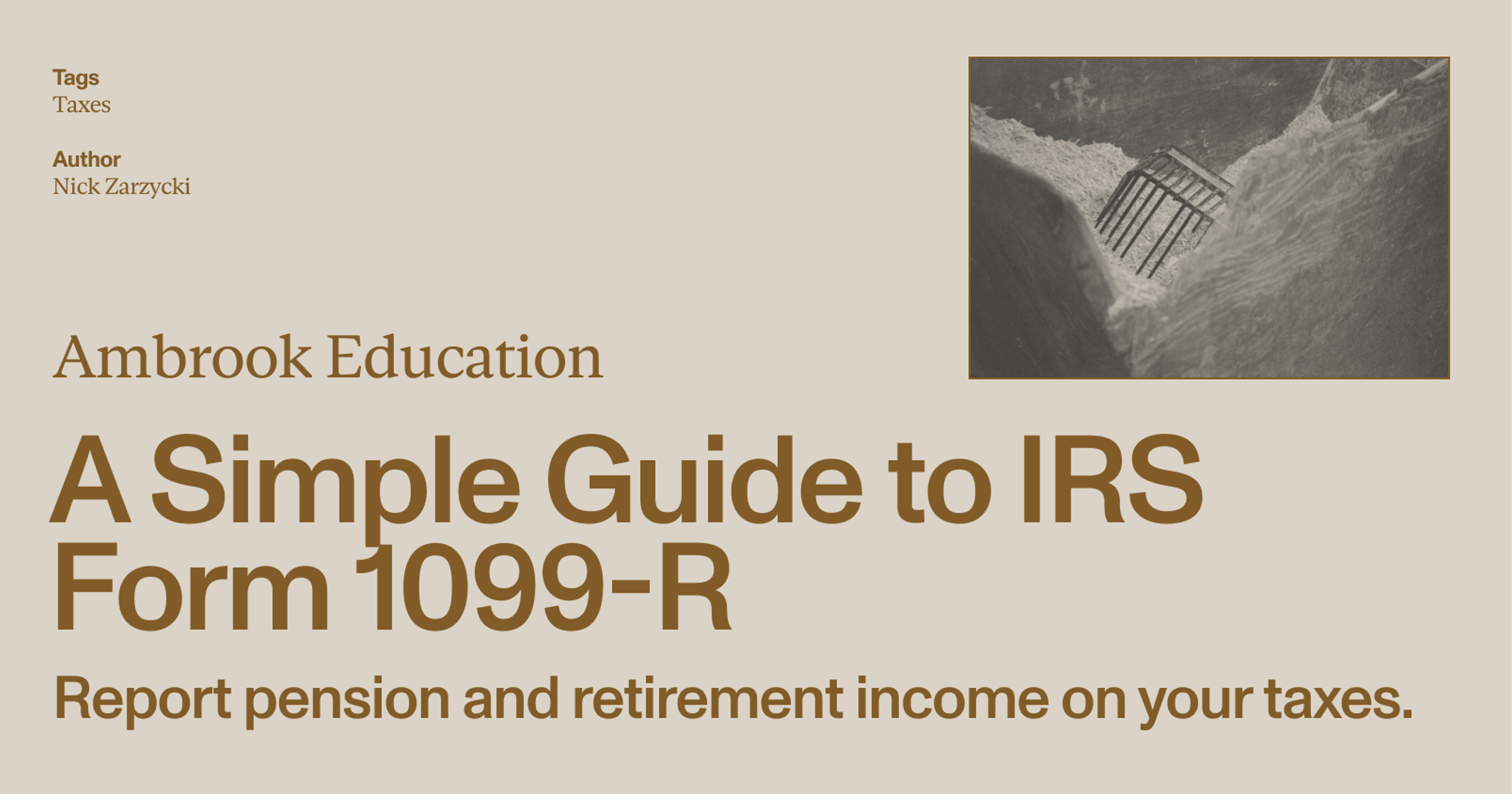If you receive a payment from the USDA or any other government agency, you might also receive a copy of Form 1099-G. Here’s what to do next.
If you receive income tax refunds or credits, unemployment compensation, grants, USDA program payments, or any other type of payment from federal, state or local governments, they’ll also send you a copy of IRS Form 1099-G.
Form 1099-G is what federal, state and local governments use to report payments they send you to the IRS. You’ll have to report the payments recorded on the copy you receive (Copy B) on your income tax return, if those payments are taxable. Here’s what you need to know.

What is IRS Form 1099-G?
IRS Form 1099-G is a tax form that federal, state and local governments use to report payments they send you, including:
unemployment compensation (Box 1)
state or local income tax refunds (Box 2)
reemployment trade adjustment assistance payments (Box 5)
grants from state agriculture or environment departments (Box 6)
USDA program agricultural payments like ARC, PLC and CRP (Box 7)
Form 1099-G is one of many different 1099 “information” returns your business may receive or file, including:
Form 1099-NEC, which is used to report consulting, services and other non-employee compensation
Form 1099-MISC, which is used to report rents, crop insurance proceeds, barter and other miscellaneous income
Form 1099-PATR, which is used to report co-op distributions
When can I expect to receive Form 1099-G?
The deadline for payers to send Form 1099-G is January 31. So if you don’t receive a copy of Form 1099-G for any payments you received in 2024 by early February 2025, follow up with the government agency that paid you.
Form 1099-G: a Box-by-Box Breakdown
Box 1: If you were paid any unemployment insurance over the last year, that amount will appear here. Unemployment insurance payments are taxable, and you’ll have to enter them on Line 7 on Form 1040.
Box 2: This box shows any local or state income tax refunds, credits or offsets you received. This is generally only considered taxable (and reportable) income if you itemized your deductions for the previous income tax year and those deductions lowered your taxable income. If it is, report this amount on Line 1 on Form 1040.
Box 3: This indicates the tax year to which Box 2 applies.
Box 4: This shows any federal income tax withheld from your payment, such as withholding requested on unemployment compensation. Report this amount on Line 25b on Form 1040.
Box 5: Any Reemployment Trade Adjustment Assistance (RTAA) payments you received will appear here. Report this amount on Line 8z on Schedule 1 (Form 1040).
Box 6: This shows any taxable grants you received from federal, state or local governments. If you receive a Box 6 payment, report that amount on Line 4 of Schedule F (Form 1040).
Box 7: This shows any agricultural program payments made to you, including payments from USDA programs. Report this amount on Line 4 of Schedule F (Form 1040).
Box 8: Check here if the amount in Box 2 relates to a trade or business, and must therefore be reported on either Schedule C or Schedule F (Form 1040).
Box 9: This shows any market gains associated with the repayment of a Commodity Credit Corporation (CCC) loan. Report this amount on Line 5 of Schedule F (Form 1040).
Box 10-11: These boxes are used by filers who participate in the Combined Federal/State Filing Program and/or who are required to file paper copies of this form with a state tax department. This information is provided for your convenience only, and you’re not required to enter it anywhere on your federal tax return. If there’s an amount in Box 11, you’ll want to include the state income tax withheld on your state tax return.
How to Exclude Water Conservation Program Payments from Income
You might be able to exclude certain water conservation program payments from your taxable income if they don’t increase the value of your farmland–however the calculations involved are complex, and you’ll probably need an expert to help you do them properly.
If you’re currently participating in any water conservation programs, ask your tax expert about whether the payments you receive from it could be excluded from your taxable income.
Kickstart your Tax Planning with Ambrook
Ambrook’s category tags correspond directly to each line on Schedule F, making it easy to compare your tax return to your records and saving you hours of work during tax season.
With time-saving bookkeeping automation features, automatically-generated financial reports, streamlined bill pay and invoicing, and other powerful accounting and financial management tools, Ambrook doesn’t just make filing your taxes easy: it takes the guesswork out of running your business. Want to learn more? Schedule a demo today.
This resource is provided for general informational purposes only. It does not constitute professional tax, legal, or accounting advice. The information may not apply to your specific situation. Please consult with a qualified tax professional regarding your individual circumstances before making any tax-related decisions.






